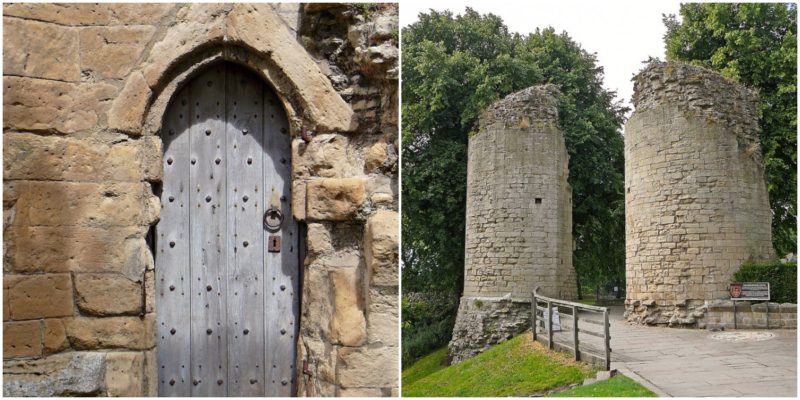Although abandoned a long time ago, ruined castles are not quite empty. In the remains of the once glorious medieval strongholds can be still found a few permanent residents. Today in the crumbled rooms, halls and towers live many bugs, spiders, rats and maybe even some ghosts.
Knaresborough Castle is one of those ordinary castles with non-ordinary residents. Once it was a powerful fortress and home for queens and kings, now it houses dozens of ravens, which are the symbolic guardians of the royal property.
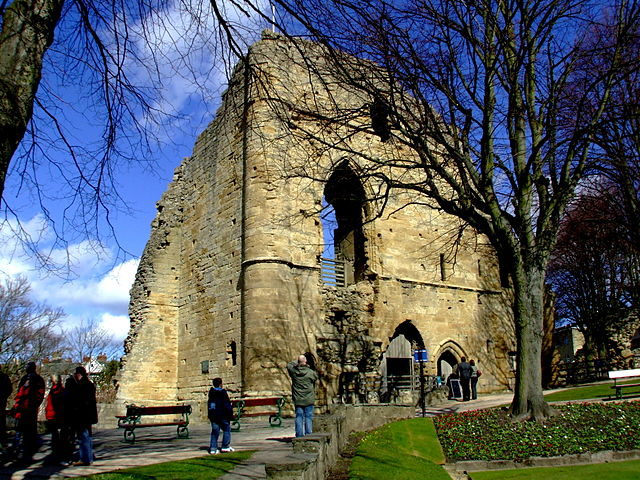
In fact, the ravens are a popular tourist attraction. The tradition of keeping these intelligent birds as royal residents of Knaresborough Castle started in 1999. The practice was borrowed from the Tower of London, where the ravens have been kept as royal birds and guardians of the Crown since the end of the 17th century.
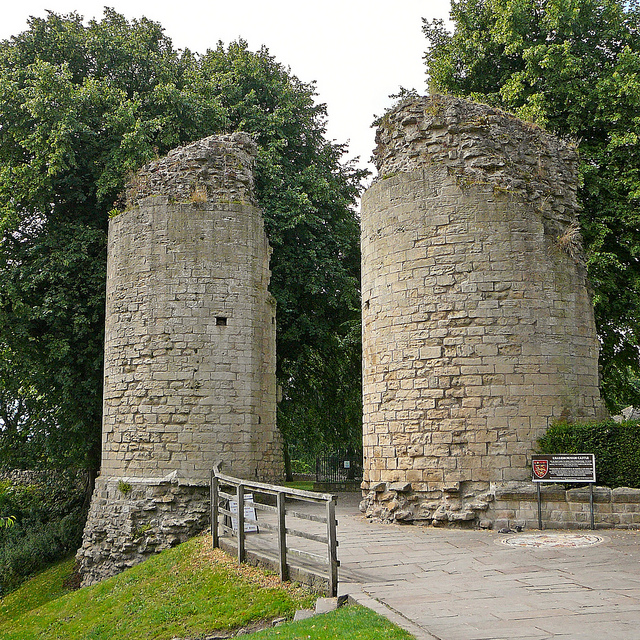
As the London Tower’s ravens, the Knaresborough Castle’s ravens have their own warden, who proudly owns the title Her Majesty’s Keeper of Castle Ravens. This honor towards Knaresborough is not surprising, because the English kings during medieval times considered the Knaresborough Castle as the most important castle in the northern parts of England. They invested a lot in the castle and it became an administrative center for whole region. They have chosen Knaresborough to be their headquarters and some of them even lived there some period of time. The kings loved the area because that the forest of Knaresborough was ideal for hunting. Today the survived parts of the castle are only a glimpse of the former greatness of the medieval stronghold, but although in ruins, it still radiates with epic and mysterious beauty.
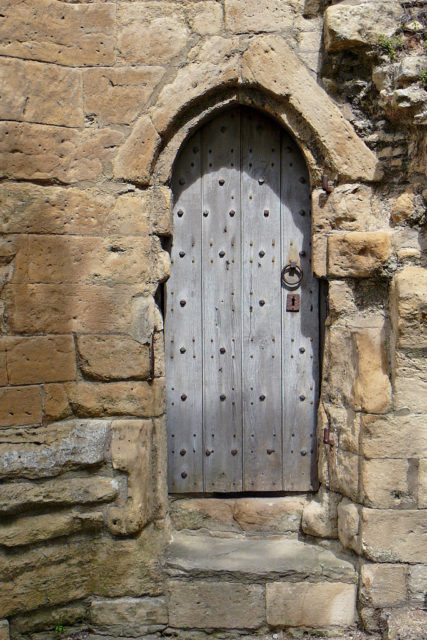
The ruins are placed on the top of a large cliff just above the River Nidd and the Nidd Valley in the town of Knaresborough, North Yorkshire, England. Archaeological discoveries show that the site was probably for the first time fortified in the 11th century during the Norman invasion by the Norman Lord Serlo de Burgh, who was granted enormous amounts of land in this part of England.
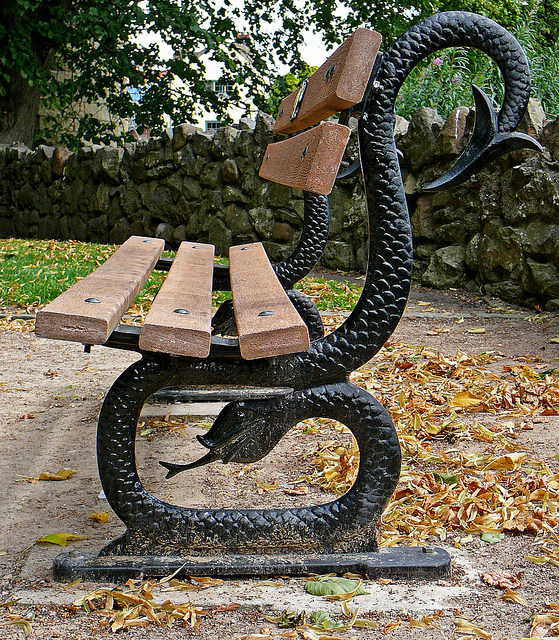
Later, in the middle of 12th century, the owner of the fortress became Hugh de Moreville. During his governance of the region, huge works for additional fortification of the location were made. The castle became one of the main scenes of one significant event in English history. In 1170 Hugh de Morville and his men were hiding there after being the crucial participants in the infamous assassination of the Archbishop Thomas Beckett in Canterbury Cathedral.
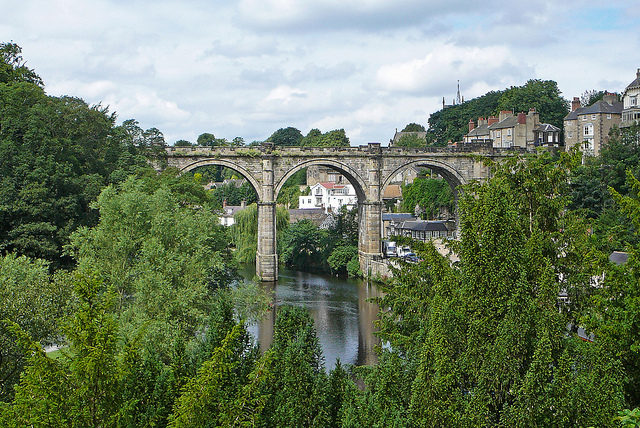
The glory days of Knaresborough Castle began in the early 13th century. In 1205 the castle came under control of King John and was reconstructed, improved and enlarged. Unfortunately, most of the structures from this period are gone. In the beginning of the 14th century King Edward I ordered the modernization of the castle, when towers, gates, halls and chambers were built. His successors Edward II and Edward III continued the construction work. During this period were built the King’s Tower and the courthouse. Queen Phillipa, wife of Edward III, made the castle a true royal residence, and until her death in 1369 the royal family spent their summers there.
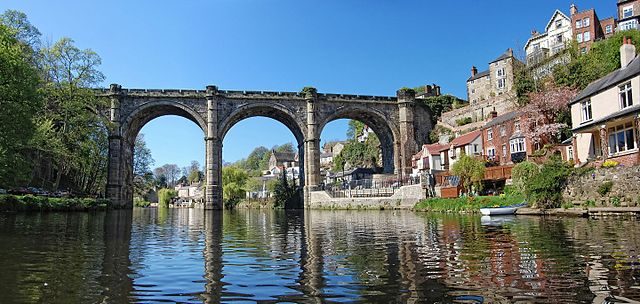
In 1644, during the English Civil War the castle was for several months occupied by the royalist. The parliamentarian forces attacked it several times until the definite capitulation of the royalist. The castle didn’t suffer much damage during the war actions and only a part of the outer wall was destroyed by cannonball. However, in 1648 it was deliberately ruined because of the order of Parliament to raze all of the Royalist castles. Only few structures were saved, because they served for a while as a prison. Some of the houses in the town are built from the stone of the castle.
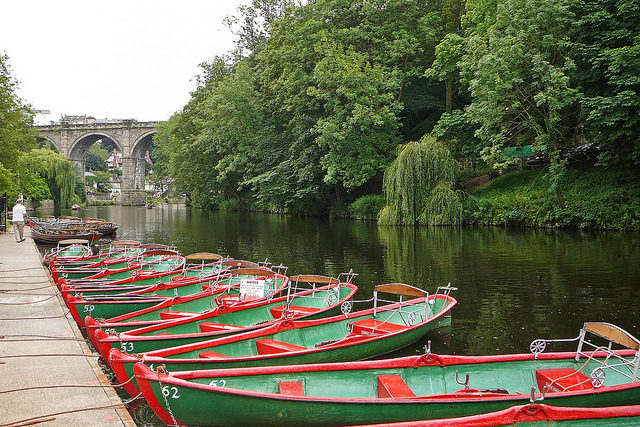
The castle still belongs to the English Crown as property of the Duchy of Lancaster. At the site can be seen the King’s Chamber, the underground prison cells, the secret underground exit and sometimes the royal ravens. The view from the ruins over the town and the river is also stunning. Above the river is the old Victorian railway viaduct built in 1851.
